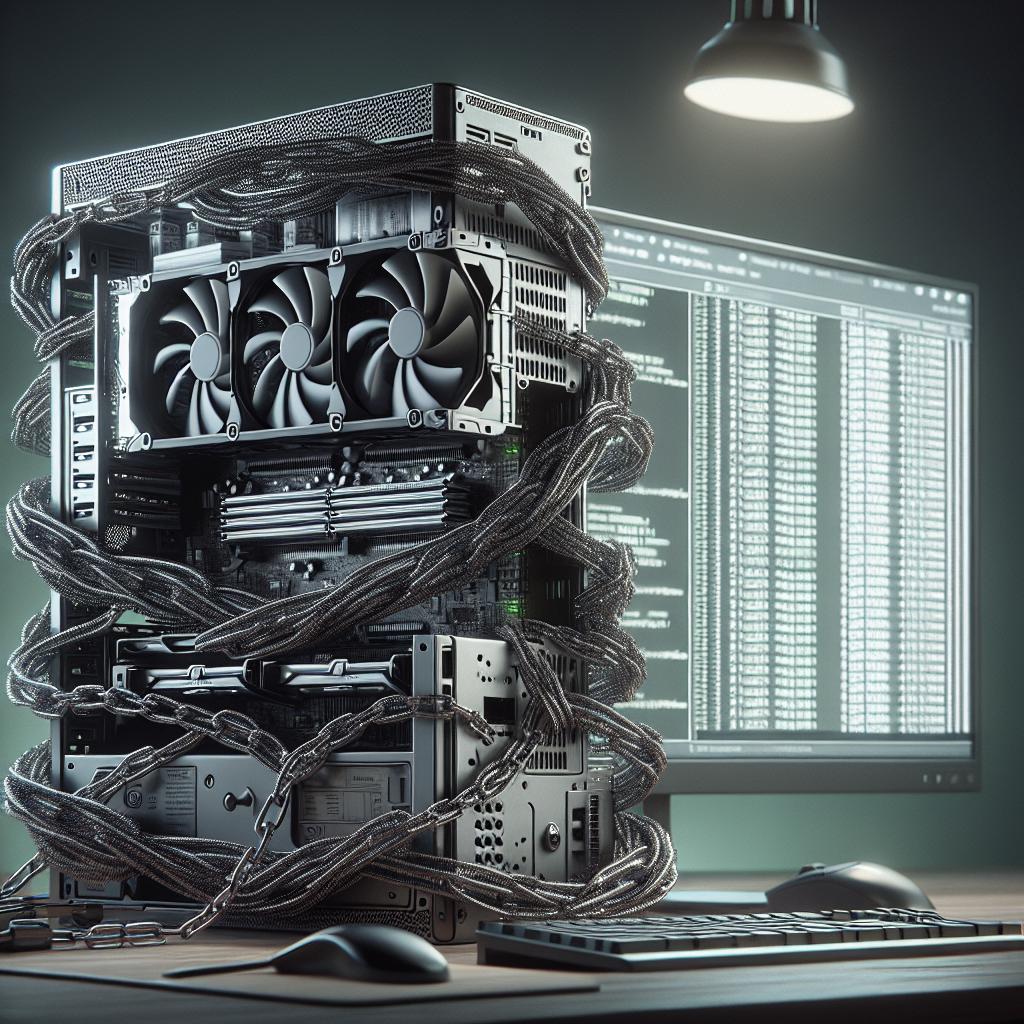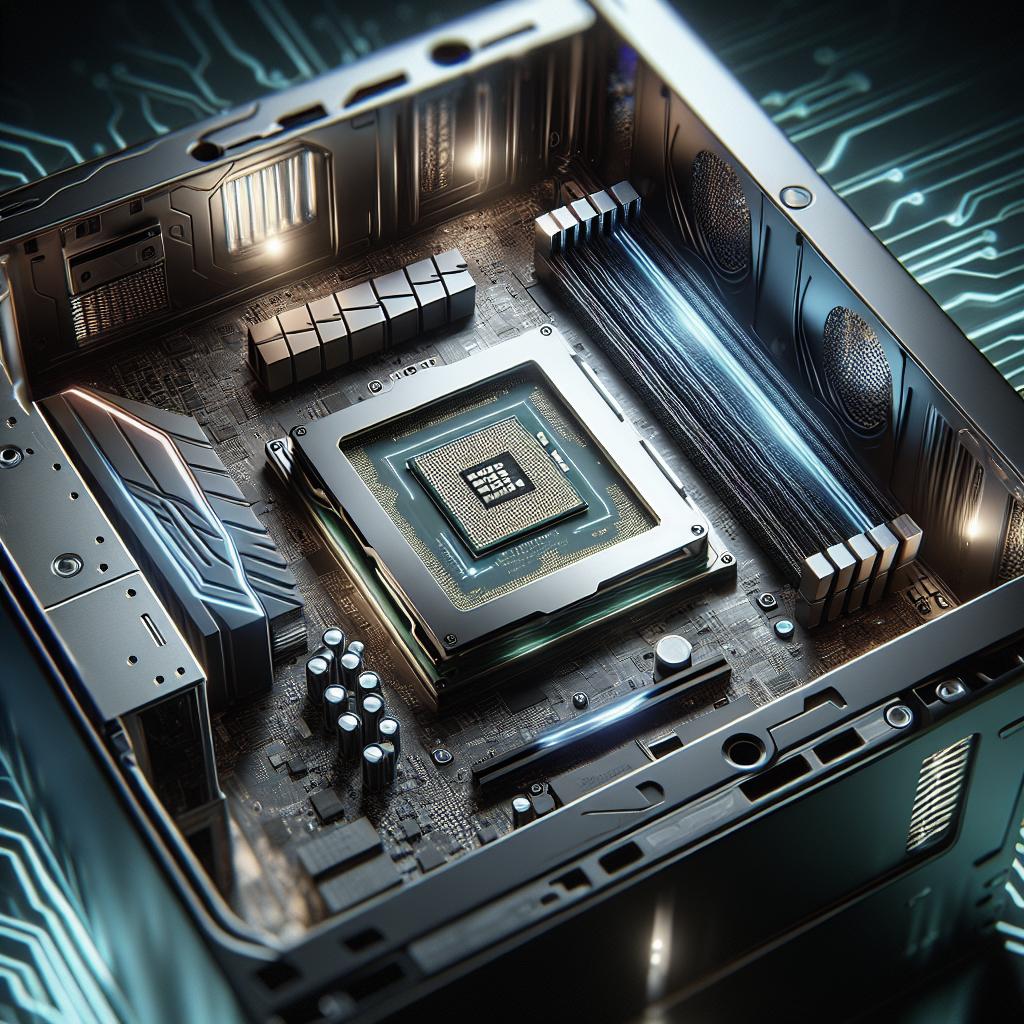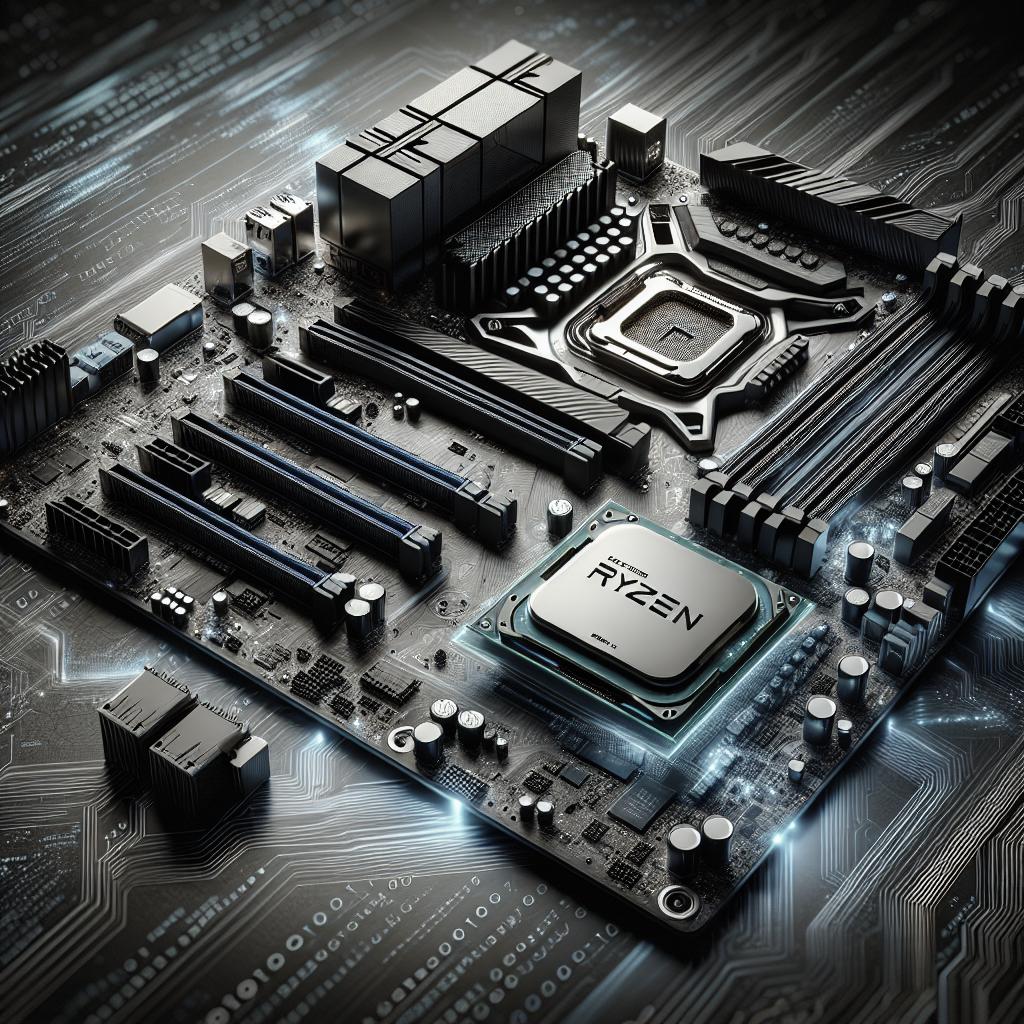“`html
Limiting GPU Usage: A Comprehensive Guide
In today’s digital world, optimizing hardware for peak performance is essential, especially when it comes to graphics processing units (GPUs). Whether you’re a gamer, content creator, or AI developer, understanding how to manage and reduce GPU usage can drastically improve system efficiency and longevity. This blog post explores the ins and outs of GPU usage, from what it is and how to monitor it, to identifying common causes of high usage and practical strategies for reduction. Additionally, it highlights maintenance techniques to ensure your GPU runs smoothly over time. Read on to discover a well-rounded approach to maintaining low GPU usage without sacrificing performance.
Understanding the Basics: What is GPU Usage and Why it Matters
GPU usage refers to the percentage of the GPU’s capacity being used at any given time. This measurement is crucial for understanding how much load is being placed on your graphics card during operations. High GPU usage indicates that the graphics card is working at or near full capacity, which can be beneficial when performing resource-intensive tasks like gaming or video editing.
However, constantly high GPU usage can lead to overheating, decreased performance, and ultimately, shorter hardware lifespan. Knowing how to manage GPU usage can help prevent these issues, ensuring smooth operation and longevity of your device. Especially for those in fields requiring powerful graphic processing, such as video rendering or machine learning, efficient GPU management is essential.
How to Monitor GPU Usage
Why Monitoring GPU Usage is Important
Monitoring GPU usage is critical because it provides insights into how applications affect your system’s performance. By understanding these metrics, users can make informed decisions to optimize both software and hardware settings. It helps identify which programs are demanding and can pinpoint potential bottlenecks in system performance.
Furthermore, keeping an eye on GPU utilization aids in detecting overheating issues or irregular performance spikes caused by faulty applications or malware. It’s the first step in diagnosing problems or making upgrades, ensuring a balanced and efficient computing experience.
Tools for Monitoring GPU Usage
There are various tools available for monitoring GPU usage, ranging from built-in utilities to third-party applications. Windows Task Manager, for instance, provides a basic overview of GPU usage and can be accessed easily through the performance tab. For more detailed analysis, applications such as MSI Afterburner, GPU-Z, and HWMonitor offer extensive monitoring capabilities.
These tools allow users to track GPU temperature, fan speed, and clock speed in real-time, providing a comprehensive view of the GPU’s status. Choosing the right tool depends on the level of detail you need and compatibility with your specific hardware.
Common Causes for High GPU Usage
1. Inefficient Applications
One common cause of high GPU usage is running inefficient applications that are not optimized well for GPU processing. This can include poorly coded software or applications that are graphics-intensive by design, inadvertently consuming more GPU resources than necessary.
Regular updates or patches from software developers are typically aimed at improving efficiency. However, if updates are not applied, these applications may continue straining the GPU, leading to suboptimal performance and unnecessary wear and tear.
2. High Graphic Settings
Running applications, especially games, at high graphic settings can significantly spike GPU usage. Graphics settings like resolution, texture quality, and anti-aliasing directly impact how intensely your GPU needs to perform.
While high settings can enhance visuals, they also demand more processing power. Users looking to lower GPU usage may need to compromise on these settings for better overall performance and thermal management.
3. Outdated or Incorrect Drivers
Utilizing outdated or incorrect drivers can contribute heavily to inefficient GPU usage. Drivers serve as the bridge between your operating system and the hardware, and when they are outdated, they may not efficiently manage resources.
Ensuring that GPU drivers are regularly updated from trusted sources can help optimize performance and fix bugs that might cause abnormal GPU utilization.
4. Malware or Viruses
Malware and viruses can hijack system resources without the user’s knowledge, leading to unexplained high GPU usage. Cryptominers, in particular, have become infamous for surreptitiously utilizing GPU power for mining operations.
Regularly running comprehensive virus scans and ensuring strong system protection can help mitigate these risks, safeguarding both performance and security.
Strategies to Reduce GPU Usage
1. Lowering the Graphical Settings
The most straightforward method for reducing GPU usage is by lowering the graphical settings in applications and games. Adjustments in settings such as resolution, shadow quality, and frame rates can lead to significant reductions in GPU load.
Balancing graphical fidelity with performance is key, allowing users to enjoy seamless experiences without maxing out their GPU’s capacity.
2. Updating or Reinstalling GPU Drivers
Another effective strategy involves updating or reinstalling your GPU drivers. Keeping drivers updated ensures that your GPU can communicate efficiently with other system components, utilizing resources appropriately.
In some cases, rolling back drivers to a previous stable release might be necessary if recent updates cause performance anomalies. Driver management can be addressed through tools like GeForce Experience or manual downloads from the manufacturer’s website.
3. Closing Unnecessary Programs and Applications
Running multiple programs simultaneously can lead to high GPU usage, especially if background applications are resource-intensive. Closing unnecessary apps frees up processing power for tasks that necessitate higher performance, optimizing overall efficiency.
Utilizing task managers to view and manage running applications can assist in maintaining focus on important tasks while minimizing GPU load.
4. Implementing Advanced Techniques
For users familiar with system hardware, advanced techniques such as underclocking and power limit adjustments may reduce GPU usage. Underclocking involves lowering the GPU’s clock speed, reducing energy consumption and heat generation.
Additionally, adjusting power limits through utilities like MSI Afterburner can directly control how much power the GPU is allowed to draw, preventing excessive usage. These methods should be attempted with caution and ideally under expert guidance to avoid unintended consequences.
Maintaining Low GPU Usage
1. Regular System Checks
Regular system checks are vital for maintaining low GPU usage and ensuring system reliability. Periodic assessments of system health, including temperature checks and performance diagnostics, can preemptively address potential issues.
Setting up alerts or notifications for unusual spikes or temperatures allows users to take immediate corrective action, avoiding long-term problems.
2. Keeping Software Up-to-date
Ensuring software is up-to-date optimizes resource allocation and performance. Developers frequently release updates targeting efficiency improvements and bug fixes, which can also help reduce the GPU resources needed by applications.
Automated update settings can streamline this process, ensuring none of your applications lag behind.
3. Using Efficient Programs and Applications
Choosing efficient programs and applications designed to make optimal use of system resources can lower baseline GPU usage. Lightweight alternatives for popular software are often available and significantly reduce strain on your systems.
Reading reviews or seeking recommendations from peers can guide users to more efficient software solutions tailored to their needs.
4. Good Practices for GPU Usage
Practicing good habits regarding GPU usage can ensure long-term sustainability and performance. This includes routinely cleaning your hardware to remove dust build-up, ensuring adequate airflow, and avoiding prolonged use of high-demand applications without breaks.
Adopting a proactive rather than reactive approach will contribute to a smoother, consistent computing experience.
Lessons Learned: Balancing Performance and GPU Usage
Balancing performance with manageable GPU usage is essential in today’s technology-driven world. Users should aim for efficiency and stability by monitoring usage, updating drivers, and maintaining optimal settings on their devices. Knowledge and application of proper tools and techniques will lead to enhanced system performance, allowing the GPU to operate efficiently over its lifespan.
In conclusion, understanding the nuances of GPU usage, implementing strategies for reduction, and maintaining good practices will ensure that your system remains robust and efficient, able to handle demanding tasks with ease.
| Topic | Summary |
|---|---|
| Understanding GPU Usage | Explanation of GPU usage and its importance for optimal system performance. |
| Monitoring GPU Usage | Discusses the significance of monitoring GPU usage and available tools. |
| Causes of High GPU Usage | Identifies common causes such as inefficient apps, high settings, and malware. |
| Strategies to Reduce Usage | Outlines strategies like lowering setting configurations and updating drivers. |
| Maintaining Low GPU Usage | Stresses on regular maintenance checks and keeping software up-to-date. |
Best-Priced RTX 4060 Prebuilt on the Market – Won’t Last Long!
If you’re in the market for a prebuilt PC that offers exceptional performance at a great price, the RTX 4060 Prebuilt is a standout option. Known for its powerful GPU and advanced cooling solutions, this system can handle both gaming and productivity tasks with ease.
Top Pick: Meet the 1440p Gaming Beast Under $1400
For gamers seeking an accessible gateway to high-resolution gaming, this 1440p gaming PC under $1400 provides exceptional value. Well-built and aesthetically pleasing, it brings a powerful performance punch at a price that won’t break the bank.
Is This the Best Value Prebuilt PC on the Internet Right Now?
Explore options that balance performance, aesthetics, and affordability, possibly making this the best value prebuilt PC currently available online. With its modern components, this PC appeals to users prioritizing maximum ROI.
Performance Meets Aesthetics: Inside the Latest Prebuilt from PC Lab LLC
Check out PC Lab LLC’s latest prebuilt PCs that blend powerful hardware and sleek design. Perfect for gamers and creators alike, these systems provide a seamless blend of performance capabilities and visual appeal.
“`


